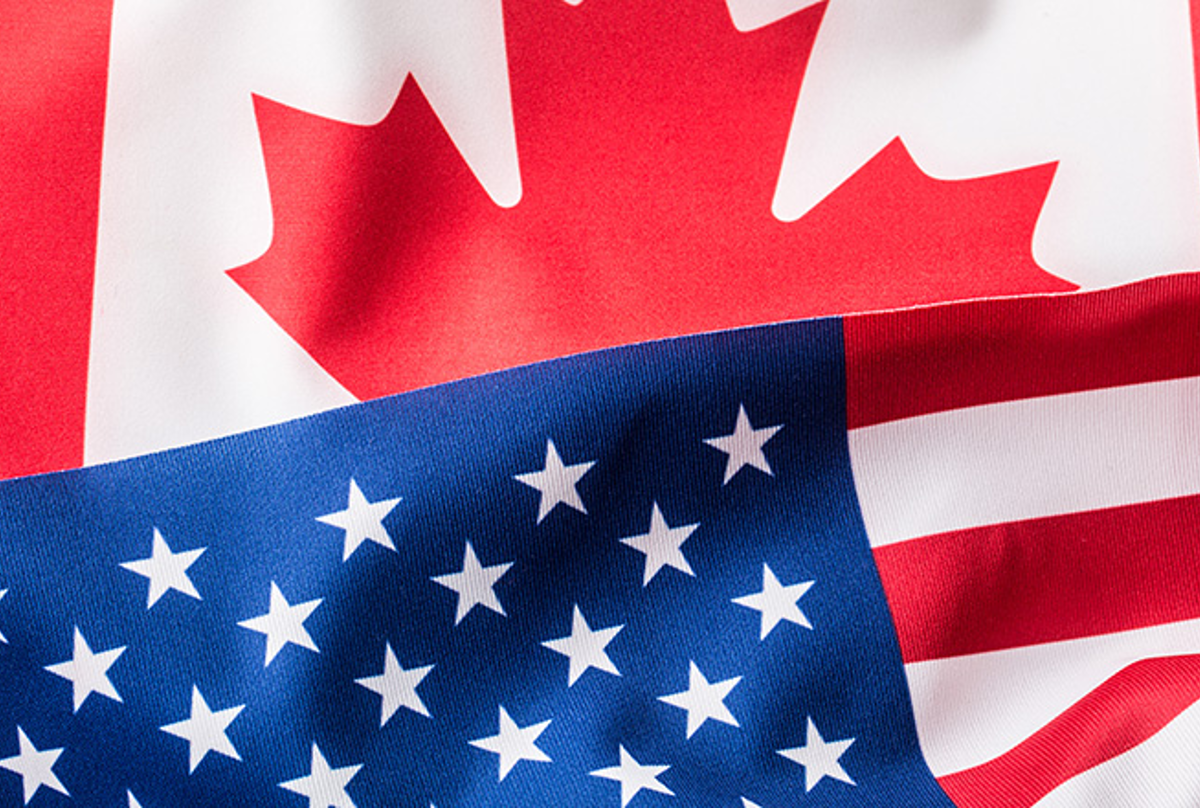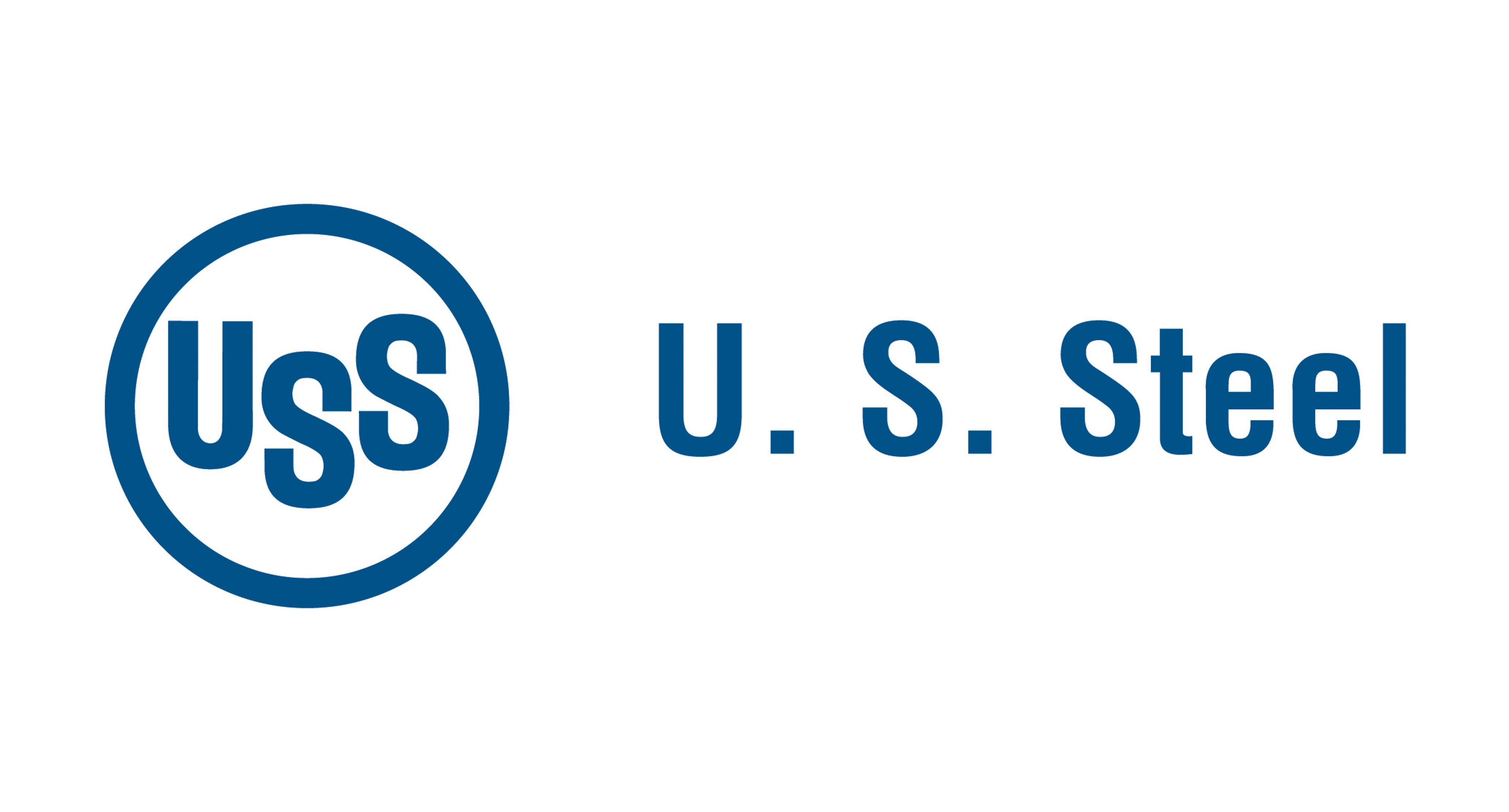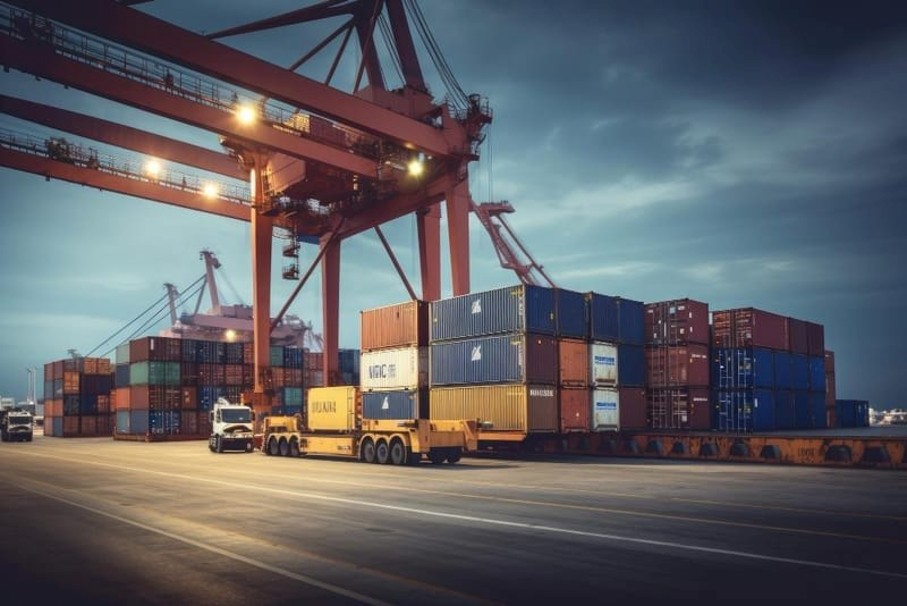Government/Policy

August 3, 2025
Leibowitz on trade: Trump's reciprocal tariffs face mounting legal challenges
Written by Lewis Leibowitz
President Trump last Thursday announced the promised reciprocal tariffs to replace those imposed in April of this year. Briefly summarized, the tariffs amount to a wholesale transformation of US trade policy from one promoting increasing international interaction to one of restricting trade to serve national strategic goals.
Disagreement rages about the wisdom and the legality of this massive transformation of trade and economic policy. While the US has long used tariffs as a tool of economic and geopolitical policy, those tactics have normally been based on statutory authority requiring public hearings (such as Section 232 and Section 301), limited tariff increases or time limits (such as Safeguard or Section 201 remedies), calculated subsidy rates by foreign governments (countervailing duties), or calculated dumping rates between home market and selling prices in the United States.
The tariffs the administration claims are authorized by the International Emergency Economic Powers Act (IEEPA) are a completely different animal. President Trump has levied unilateral tariffs of up to 49% on products from every country, without the benefit of a public hearing or even public comment before acting. The IEEPA tariffs are applicable to all imported products, unless those imports are covered by another variety of tariffs, such as Section 232.
These tariffs are the highest the US has imposed since before World War II. They aim to reverse decades of increased competition from overseas. This increased competition was in part a recognition that production outside the US had to increase to come back from the destruction of that war. That policy succeeded remarkably. Now the president wants to rebalance global trade and “bring back” manufacturing to our shores.
Will the tariffs alone do that? Almost certainly not. The tariffs on about half of US imports consist of “intermediate goods,” meaning goods that are further manufactured in this country. Autos, steel, construction, capital machinery, and many other “downstream” industries rely on imports. Often, those goods are simply not made in the United States (clothing and shoes, for example), or are made in quantities that fall far short of domestic demand (steel, aluminum, copper, bolts, nuts, screws, washers, etc.)
The administration implies that tariff increases on imports won’t also cause prices of competing domestic products to rise. To the contrary, prices of products made domestically will almost certainly increase by a similar amount to the tariffs, leading to inflationary pressures. US manufacturers will be faced with higher prices for imported raw materials and parts, along with substantially equivalent increases in domestic prices.
And for many products that are not produced domestically or are produced in insufficient quantities, US manufacturers will be stuck with decreasing revenues and squeezed profit margins. Those manufacturers will face increased competition with downstream imports that are not subject to tariffs, or to smaller tariffs. Steel and aluminum users, for example, will be caught in this bind.
The IEEPA tariffs, which apply to essentially all products, are designed to close off the US market to imports of those downstream articles. But for many countries, the IEEPA tariffs are much lower than, for example, steel and aluminum tariffs or China tariffs. US downstream manufacturers are being forgotten in the tariff war. And, if they are, will they accomplish the goals the president has set for them?
Moreover, there is considerable doubt about whether the IEEPA tariffs are even legal. Last week, the US Court of Appeals for the Federal Circuit heard oral arguments on the legality of the IEEPA tariffs, which were based on twin declared “national emergencies.” The eleven active judges on that court (based in Washington, DC) peppered the government attorneys with questions, which suggested that the tariffs might not survive intact these legal challenges. In sum, the judges wondered why Congress bothered with other trade remedy laws if IEEPA gives the president absolute authority to impose tariffs as high as he wants, for as long as he wants? Good question.
Clearly, the tariffs are in trouble, at least at the Federal Circuit. Perhaps the Supreme Court will see the issue differently, but it seems very doubtful.
If the IEEPA tariffs are stricken, US manufacturers of everything from autos to generators could be threatened, because their costs will continue to spike while downstream products pour into the US. While Section 232 or other measures could be employed to limit the competitive damage, the time and energy they would require would mean delays. And, even if the IEEPA tariffs are sustained in court at the Federal Circuit or the Supreme Court, the damage to downstream US manufacturing would likely be as great or greater than the gains to US industries pleading for protection, because downstream manufacturers (consuming industries) have a much greater share of US economic activity and employment than producers of steel and aluminum and other “intermediate” goods.
The Trump team has eyed the trade deficit as a key failure of previous low-tariff trade policy. In fact, however, it is not the result of trade policy but a series of decisions over decades. It’s hard to square that with the ordinary meaning of “emergency.” The statute requires that any such “emergency” must be an “unusual and extraordinary threat, which has its source in whole or substantial part outside the United States, to the national security, foreign policy, or economy of the United States”. The persistent trade deficit stems not from low tariffs but from domestic forces that created a large difference between national savings (which are persistently low in the US) and national investment (which is persistently high). The trade deficit stems from that difference.
Even if the tariffs are sustained in court in their entirety, the results will not be to the Trump administration’s liking because low tariffs were never the problem, and high tariffs are therefore not the solution. Bringing manufacturing back to the US will not be accomplished solely through high protective tariffs. To be sure, tariffs may be part of the solution by fostering the development of tomorrow’s industries. But they don’t work to prop up declining industries from yesteryear. If they did, we would still have vibrant apparel and footwear industries in this country. In 2024, US steel production was about the same as it was in 1944 (89 million tons), the peak year for domestic steel production during World War II—with about one tenth the number of steel workers (about 800,000 in 1944 and 83,000 in 2024).
If the goal is to increase US steel and aluminum production and employment, it is clear that tariffs alone won’t do it. A mix of government incentives (otherwise known as subsidies) might help, but tariffs are a tax, not a subsidy. The administration and its allies need to do a lot more work than tariffs to make the economy work better for domestic manufacturing.
Editor’s note
This is an opinion column. The views in this article are those of an experienced trade attorney on issues of relevance to the current steel market. They do not necessarily reflect those of SMU. We welcome you to share your thoughts as well at info@steelmarketupdate.com.







